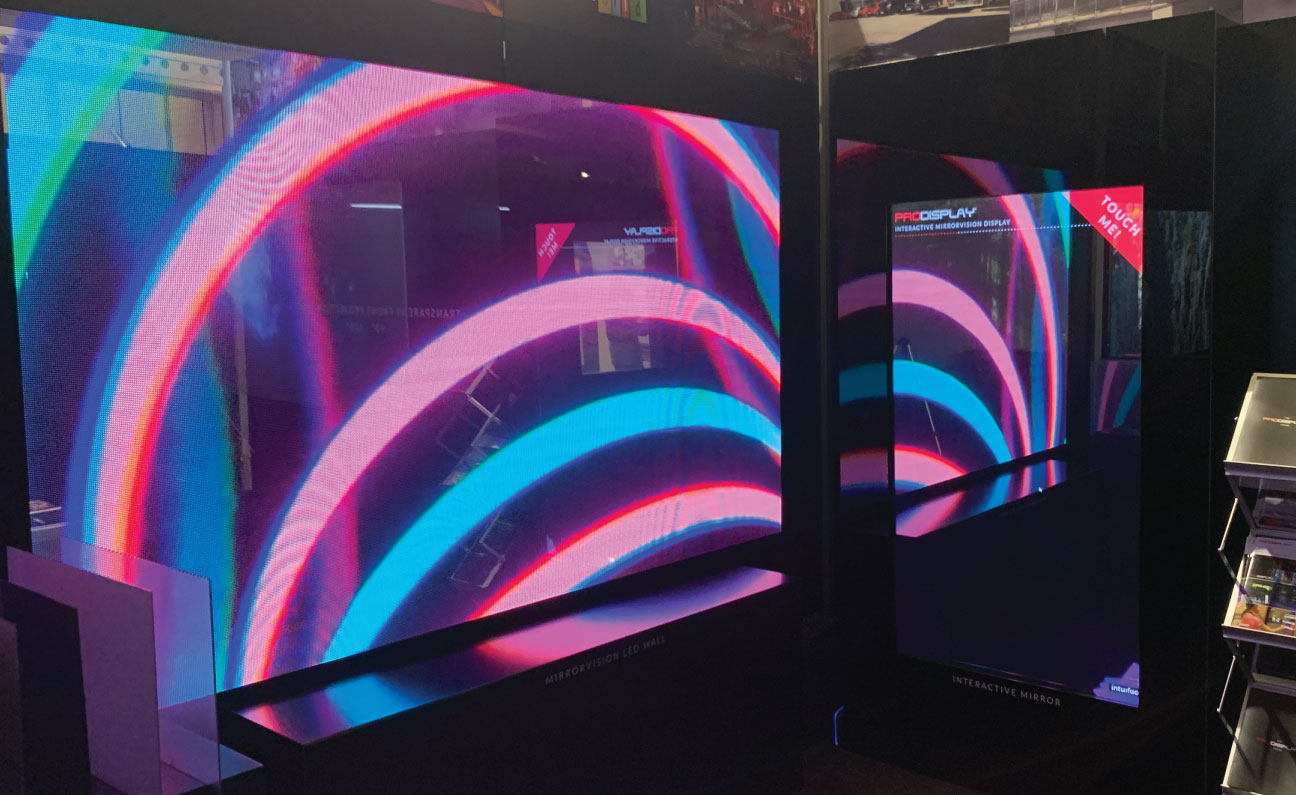Explaining Luminescent Wall Surface Brightness Metrics aiming at Ideal Screen Performance
Explaining Luminescent Wall Surface Brightness Metrics aiming at Ideal Screen Performance
Blog Article
Light Emitting Diode panel screens have become increasingly popular in various settings, from homes to businesses as well as public spaces. Such screens tend to be recognized due to their bright and vibrant visuals, that render these suitable to conveying information, advertisements, and entertainment. However, understanding the illumination measurements for LED wall panels is essential for guaranteeing ideal visual efficacy. Illumination can be quantified using metrics called nits, which indicate how much light is emitted from the screen. A greater number of number of nits, the more luminous a visual is. For instance, instance, one panel with 1,000 nits stands considerably more vivid compared to one with 500 candelas, making it more suitable for well-lit environments.
When choosing a LED wall screen, one becomes crucial in consider the environment in which the screen will be placed. For well-lit illumined spaces, like retail environments or outdoor settings, higher higher brightness level is necessary to ensure visibility. Conversely, in darker settings, like cinemas and meeting spaces, lower diminished illumination rate might be adequate. This is because excessive bright unnecessary luminosity within a dim setting can lead to discomfort for viewers, making it harder to focus on the display. Therefore, understanding specific particular requirements of the setup location will aid with selecting a suitable brightness level for optimal visual experience.
Another important factor to consider the the differential proportion of an Light Emitting Diode panel screen. This ratio measurement measures the difference between the brightest most luminous light and the dark black that the screen is able to create. An higher differential proportion means the why not try this out display can it is capable of present greater clarity as well as richness, which enhances overall image quality. For example, one screen boasting a differential proportion at ten thousand to one will display images with greater brilliant hues as well as sharper details compared to one Click Here with a ratio of one thousand to one. Such becomes especially important when displaying images or motion graphics which demand high clarity and detail, including slideshows and advertising content.
Moreover, the technology mechanism behind LED wall panels plays a essential part for their brightness and overall performance. Different types of LED technologies, including Organic Light Emitting Diode as well as LCD, have unique traits which affect the way luminosity is experienced. OLED panels often provide superior contrast and darker shades, which can enhance a visual experience within dim environments. On the other hand, standard Light Emitting Diode screens may be better in bright environments due to their ability for produce greater amounts of illumination. Comprehending these technological variances will guide users to deciding on informed choices according to specific specific needs.
In conclusion, consistent maintenance as well as adjustment of LED wall panels may assist maintain optimal brightness as well as efficacy over time. Dust as well as dirt can build up on the screen, affecting the illumination as well as clarity of a visual. Periodic washing and professional adjustment can ensure the the panel operates in top optimal, providing uniform visual quality. Moreover, certain advanced Light Emitting Diode panel panels feature with built-in options that allow operators to modify illumination levels as well as hue settings based on their preferences. Through taking these measures, operators will guarantee that their Light Emitting Diode wall screens provide the optimal display efficiency, regardless of where environment where that they are used.